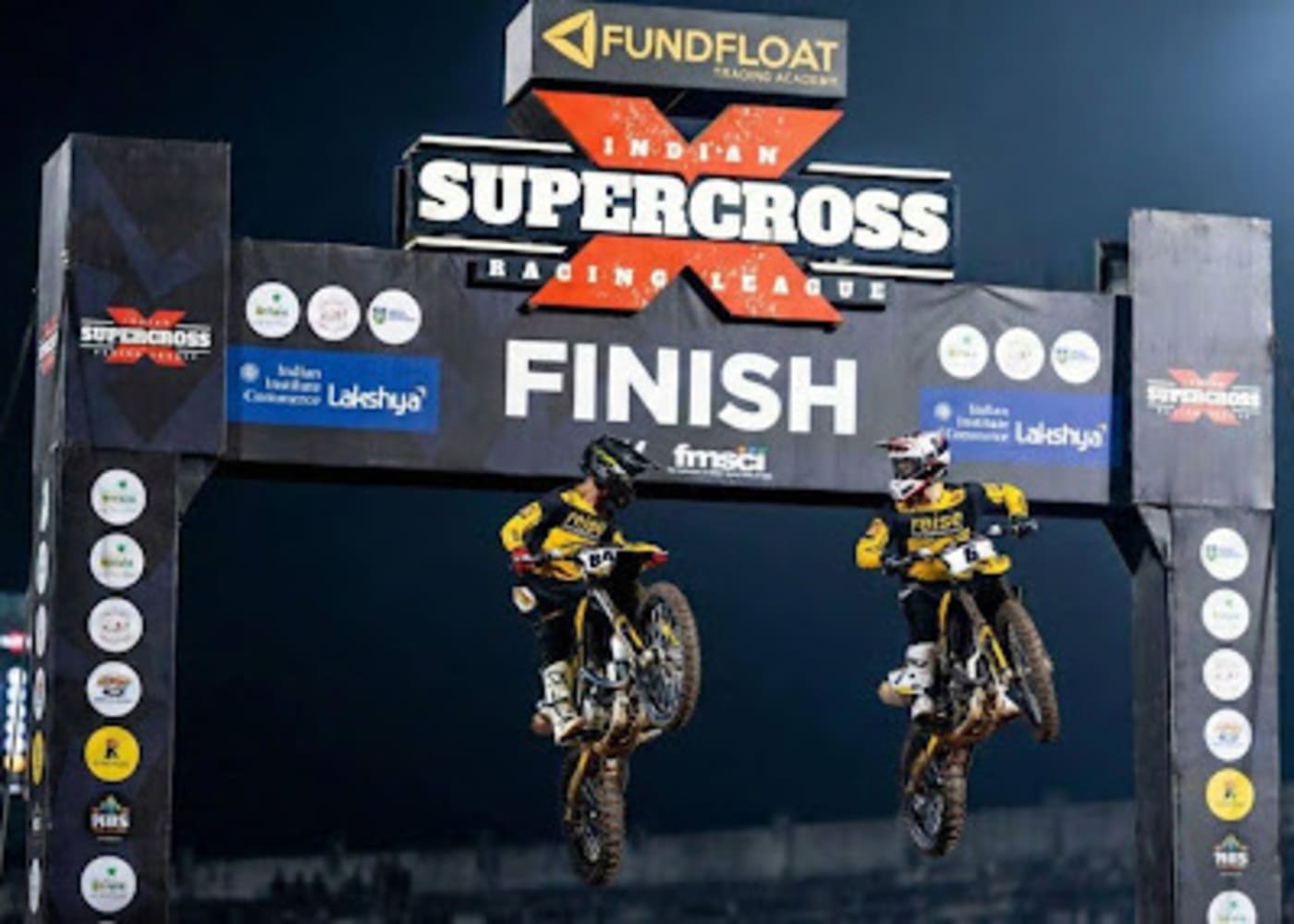In a traditional story, increasing action, a climax event, and declining action make up the dramatic, chronological plot arc. However, many authors have flipped this idea on its head by inventing a brand-new sort of tale structure that investigates time, character, and themes in new and unexpected ways. While following stories with unusual structures might be difficult and irritating, they may also give you a deeper sense of fulfillment and significance as you figure out their complex narratives.
There are many different types of narrative structures, and uncommon ones could contain multiple major characters, a delayed inciting occurrence, and a nonlinear plot that tests readers.

What Is a Unique Story Structure?
Unique story structures in creative writing are those that depart from the usual course of events or reader expectations used by video production companies in film or video productions. Short tales, novels, screenplays, plays, and even written podcast episodes can all have structures that present various viewpoints. Nonlinear timelines, different genres, or many protagonists can all be found in unusual story structures.
What Are the Typical Narrative Elements?
The hero's journey (in which a protagonist leaves home, embarks on an adventure, and returns home changed) or the three-act structure are examples of traditional frameworks (exposition, conflict, and resolution).
According to Freytag's Pyramid, a writer would frequently organize the story points in a conventional narrative structure as follows: exposition, rising action, climax, declining action, and finally, a denouement. From Greek tragedies (like Sophocles' Oedipus Rex) to J. K. Rowling's Harry Potter series, authors have used this strategy. Such plotlines symbolise the established quo, but a distinctive character arc or an unorthodox point of view might produce a more daring interpretation that tests the reader.

5 Techniques for Developing Unusual Story Structures
The writer's style is influenced by plot structure. Think about experimenting with tale structure in the following ways:
1. Break character norms. Some tales, such as C.S. Lewis's children's fantasy novel The Lion, the Witch, and the Wardrobe, may include several protagonists (1950). Additionally, protagonists might not develop or alter throughout the course of the book, demonstrating no narrative arc and violating preconceptions about how characters should act in novels.
2. Merge various genres. By fusing different genres, authors might develop unorthodox plot frameworks. A winding novel that combines fantasy, mythology, and Americana, for instance, is Neil Gaiman's American Gods (2001). Each of these genres has its own established story framework.
3. Try out different perspectives. unique narratives, which could follow many different perspectives with different characters rather than the main character's perspective as in traditional storytelling. For instance, Paula Hawkins' 2015 psychological suspense novel The Girl on the Train presents numerous viewpoints from three different protagonists.
4. Leave the reader hanging. A book's conclusion could leave the reader with a mystery or an unanswered question. The Handmaid's Tale by Margaret Atwood, published in 1985, ends with Offred entering a vehicle, although unclear of her destiny or fate.
5. Have fun with time. In Jeffery Deaver's 2013 novel The October List, a kidnapping is described in reverse chronological order, starting with the dramatic climax and moving backward. Flashbacks can be used in stories as well, giving them a distinctive structure. Flashbacks can be used to develop the past of characters and give the reader details that enhance the current plot points.

The Value of Nontraditional Narrative Structures:
Filmmakers and video production companies are fast departing from the traditional structure of storytelling for unique story formats in order to tell stories that fully capture the interests of the audience.
Character Complexity:
Unusual story patterns provide a closer examination of the internal struggles of the characters. Many authors employ flashbacks to give readers a glimpse of crucial events from the characters' pasts as a typical tale moves forward continuously. Flashbacks frequently provide answers to issues that are crucial to comprehending the characters. Flashbacks are used by F. Scott Fitzgerald, for instance, to explain the history of Gatsby's previous relationship with Daisy in "The Great Gatsby." By giving Gatsby's fixation with Daisy and his desire to reignite their passion new levels of meaning, this method strengthens the current action of the narrative.
Different Perspectives
Unconventional narratives frequently allow spectators to observe the story through the eyes of several individuals, in contrast to traditional narratives that typically solely emphasize the perspective of the main character. This strategy is frequently used by authors to present the same incident from many angles, illuminating how they interpret the events in accordance with their own wants and desires. The movie "Rashomon," which is based on two short stories by Ryunosuke Akutagawa, provides a great example. The narrative presents four conflicting stories of a samurai's murder from various witnesses, all of whom, for egotistical reasons, skew their perceptions of the incident.

Creating Tension
Unconventional narratives hold readers' attention because authors frequently narrate stories out of chronological order or by going backwards from the conclusion. According to Jason Mittell, professor of American studies and film at Middlebury College, these strategies make readers think about the author's choice of structure in addition to putting the jigsaw pieces together. As an illustration, the opening of Horace McCoy's "They Shoot Horses, Don't They?" portrays the protagonist character, Robert, being served his punishment for killing a woman on a pier. The story then switches between the trial and the circumstances that drove Robert to commit the crime.
Multi-Genre Stories
Fiction has recently taken on a creative twist thanks to writers like Jonathan Safran Foer, David Mitchell, and David Foster Wallace, who have included the artwork, journals, and letters of their fictional characters. In an article from The Language Arts Journal of Michigan, English instructor Geneva Scully claims that these multigenre approaches give tales authenticity; even if the stories are fictional, integrating the characters' own art and writing increases their plausibility. The opening section of Gillian Flynn's book "Gone Girl" combines a multigenre narrative with the first-person narration of the kidnapped woman's husband.
An Unusual Plot Sequence
The telling of events out of chronological order is one of the most popular ways that authors violate narrative structure. Flashbacks, for instance, can disclose important details at a crucial juncture in the plot or character arc. In Susan Minot's book "Evening," flashbacks are employed when a dying woman discloses a key love affair that affected her life. Other stories might decide to recount their narrative using an altogether different timeline. For instance, the story of a guy whose memory resets every 10 minutes and who is attempting to determine who murdered his wife is told in the film "Memento."
Every scene picks up where the one before it left off, and the action is gradually drifting backwards. The convoluted narrative structure confuses the audience in a way that discloses the main character's way of life and makes the action's resolution have more of an impact.
Different Media
Although most stories are told primarily through words on a page, some authors sometimes use images, drawings, or even three-dimensional objects like letters and postcards to express their stories. Kurt Vonnegut's "Breakfast of Champions" contains numerous hand sketches that serve to highlight the absurdity of some behaviors and beliefs while also supporting the satire. Letters, notes, and pieces of artwork are tucked away in pockets and envelopes all throughout "The Forgetting Room" by Nick Bantock, encouraging the reader to share in the excitement of the narrator's discovery as he learns more about his family's history.
In conclusion,
The ability to keep the reader interested has become a more sophisticated aspect of the storytelling craft. Authors no longer follow the standard practice of creating a straightforward, linear plot. If you're a filmmaker or video producer for a video production company preparing to start writing a new story, think about using one of the aforementioned non-linear plots. In addition to being entertaining to read, a narrative with a distinctive structure can be enlightening for the author as well. We hope your upcoming story is intriguing and impossible to put down!







